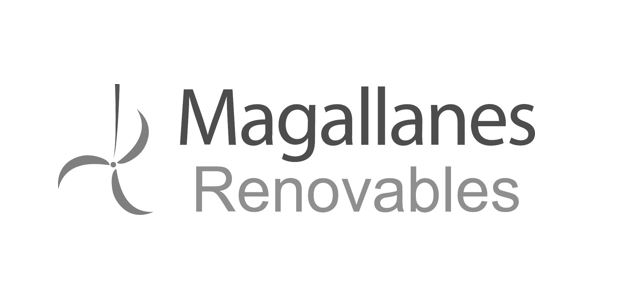Environmental services
With its operational and technical experience EMEC can support technology developers with the creation of environmental monitoring plans, as well as review and provide feedback to optimise existing plans.
Environmental monitoring strategies
Environmental monitoring around marine energy converters (MECs) is important to build an evidence base around potential environmental impacts of regulatory concern, assisting the de-risking of future MEC deployments.
Working with our developer clients, EMEC can propose MEC-specific environmental risk and monitoring strategies developed from the latest evidence and industry consensus on differing topics, including (but not limited to):
- Collision risk
- Underwater noise / acoustic characterisation
- Entanglement / entrapment risk
- Electromagnetic fields
- Benthic and pelagic habitat changes
- Species displacement
The output of this service is a report tailored to the developers’ requirements and may extend from high-level recommendations to a detailed and costed plan. This service complements, but does not replace the requirement for, a Project-specific Environmental Monitoring Programme (PEMP) which is separately required from developers for project consenting, and which EMEC can assist with through our Consenting Support Programme.
With its operational and technical experience EMEC can additionally support developers in the creation of their own environmental monitoring plans, including acoustic characterisation, then review and provide feedback to optimise the plans.
Acoustic characterisation
Marine animals use underwater sound to communicate, navigate, and find food. Anthropogenic underwater noise from shipping and other marine industries can cause stress and behavioural changes to marine mammals and is therefore addressed in international and local legislation (e.g. UNCLOS and MSFD in the EU). This means that the acoustic emissions of marine energy converters (MECs) is of regulatory interest.
Across its sites, EMEC can undertake baseline and device acoustic characterisations to support environmental monitoring and consenting efforts.
Baseline acoustic characterisation
There are two main types of acoustic characterisation survey:
- Drifting surveys are used at tidal sites to minimise the influence of flow noise on the data collected. Multiple deployments and retrievals will be conducted over several days of surveying.
- Static moorings are used at wave sites to collect data over longer periods. This generally involves a single deployment and retrieval per recorder.
Device acoustic characterisation
Passive acoustic recordings of the noise produced by MECs provide a means by which noise levels introduced into the marine environment (during installation, operation and/or decommissioning) can be quantified, as well as a method of monitoring the condition of such devices, providing information on the operational state of various parts of these installations.
The process of conducting a device acoustic characterisation can be broken into three phases:
- Survey planning and preparation: Gathering background information and data about the site and device to be surveyed, and producing a survey design based upon IEC Technical Standard 62600-40:2019 Acoustic characterisation of marine energy converters.
- Data collection: set up of acoustic recorders (either drifting or static mooring) and assembly of the mounting equipment, followed by deployment and retrieval of equipment.
- Data processing, analysis and reporting: processing and analysis of baseline and test datasets.
Collision risk modelling
The potential for receptors (marine mammals, fish and seabirds) to encounter and collide with operational tidal turbines remains one of the highest-priority environmental risk concerns which is managed through a precautionary regulatory approach. Due to technical challenges associated with observing direct physical interactions, limited empirical data has been collected from the field to date. The industry, stakeholders and regulators have therefore developed quantitative models and risk assessments to estimate the level of potential interactions and therefore, determine the significance of the impact.
EMEC can work with prospective tidal energy developer clients coming to our sites to estimate the likelihood of nearby encounter or direct contact with their turbine by marine mammals (seals and cetaceans), basking sharks and diving seabirds. This is performed using two model approaches conducted in alignment with guidance from Scotland’s statutory nature conservation body NatureScot:
- Encounter rate model (ERM): based on a model used to describe the encounters between marine predators and prey, the key result for each species is an estimated annual encounter rate.
- Collision risk model (CRM): predicts the probability of collision based on the number of passages animals are likely to make through each turbine rotor during a certain period.
Each model is subject to assumptions about different species’ rates of avoidance. As continued monitoring and research advances the industry’s understanding of fine-scale species behaviour around an operational turbine, over time this will be used to refine the models.
Supporting technology demonstrations and site development
Check out our support services for technology demonstrations and site development:






